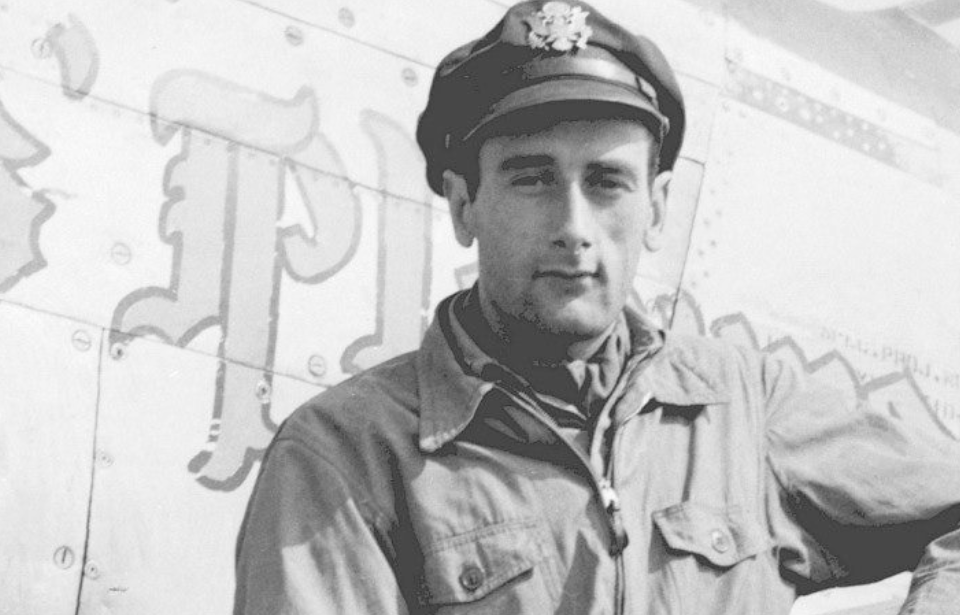Joining the US Army Air Forces (USAAF)
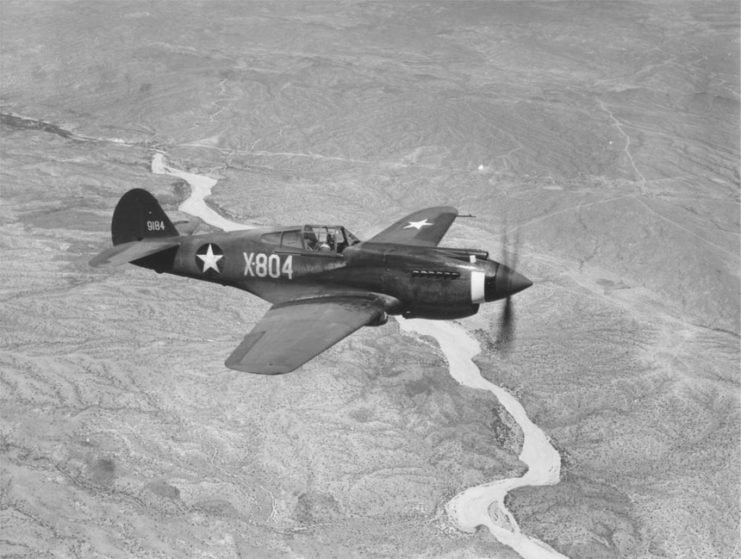
Born in New York, Bruce Carr was just 15 years old when the Second World War broke out in 1939. Motivated by the events of that year, the teenager made a firm commitment to master the art of flying.
Jump ahead three years to September 3, 1942, and Carr, now 18, enthusiastically enlisted in the US Army Air Forces. Using his prior aviation experience, he joined the service’s accelerated training program, ascending into the skies aboard the Curtiss P-40 Warhawk.
On August 30, 1943, Carr attained the rank of flight officer, amassing an impressive 240 flight hours. His expertise extended to specialized training, enabling him to pilot both the North American P-51 Mustang and A-36 Apache. The former, in particular, held a special place in his heart, earning the endearing nickname, Angels’ Playmate.
He didn’t get credit for his first aerial victory
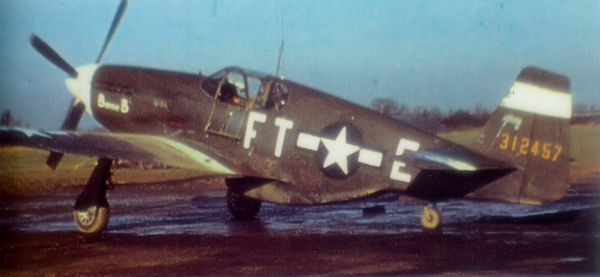
In 1944, Carr was stationed in England with the 380th Fighter Squadron, 363rd Fighter Group, Ninth Air Force at RAF Rivenhall. His first notable success in combat came after an intense chase and exchange of gunfire, leading to the downing of a Messerschmitt Bf 109. Despite this achievement, he did not receive official recognition as it failed to meet the strict criteria for a confirmed kill.
His bold and assertive approach set him apart as a different kind of pilot, though his superiors often criticized him for being “overaggressive.” Consequently, he was reassigned to the 353rd Squadron, 354th Fighter Group, based at RAF Lashenden.
A trip to Germany
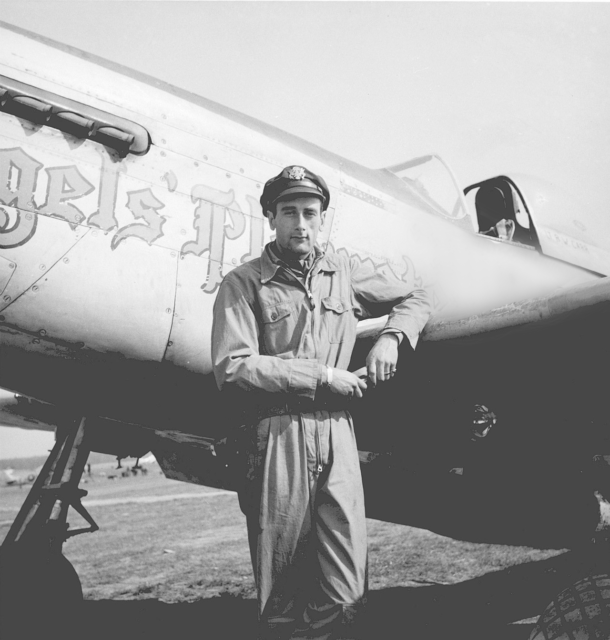
On November 2, 1944, Bruce Carr experienced the tragic loss of his beloved P-51D. While leading a strafing mission at a German airfield in Czechoslovakia, he faced the harsh truth of his aircraft’s impending failure and decided to eject deep in enemy territory.
Amazingly, he managed to avoid capture for several days, demonstrating his skill and determination in difficult circumstances.
Despite his success in avoiding capture, Carr endured the harsh realities of having no food or water, forcing him to contemplate surrender. Knowing of a nearby airfield, he headed there with the intent to turn himself in.
Upon arrival, he discovered a crew preparing a German Focke-Wulf Fw 190 for takeoff. Changing his original plan, Carr chose to wait until the crew departed before quietly sneaking onto the aircraft.
Traveling home
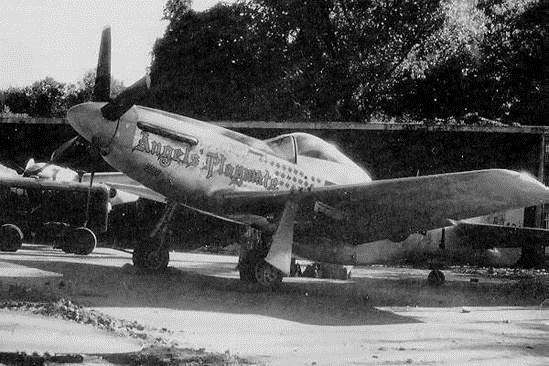
Carr threw himself into mastering the intricacies of the Fw 190, despite the challenge posed by the German labels and instructions. His diligence paid off. When the opportunity arose, he departed smoothly, avoiding any conflict or undue attention.
Exiting German airspace proved easy, aided by the aircraft’s German markings. However, returning to Allied territory in France posed greater challenges. Upon reentry, he immediately encountered enemy fire. Determined to reach his base, Carr flew at the lowest possible altitude and highest speed, a strategy that proved effective. However, upon arrival, his radio had ceased functioning.
Bruce Carr sticks the landing
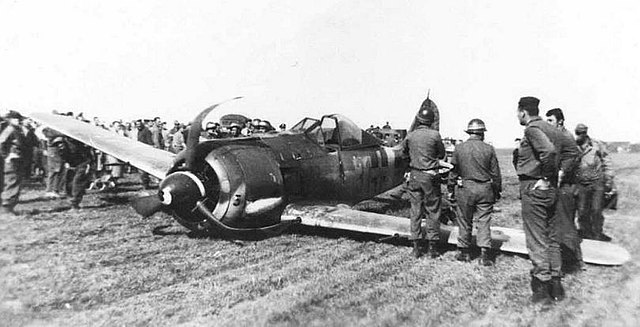
Bickel had just one question for the pilot: “Carr, where in the hell have you been, and what have you been doing now?”
Bruce Carr’s service in Vietnam and Korea
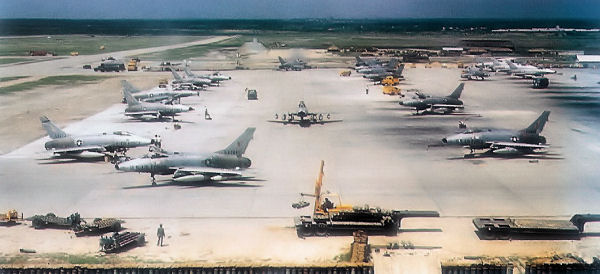
Following World War II, Bruce Carr continued his service with the US Army Air Forces as it became the US Air Force. Initially, he was tasked with piloting the Lockheed F-80 Shooting Star as a member of the Acrojets, America’s inaugural jet-powered aerobatic demonstration team. Their base of operations was at Williams Air Force Base, Arizona.
During the Korean War, now-Maj. Carr flew an impressive 57 missions with the 336th Fighter-Interceptor Squadron, before assuming command of the squadron from January 1955 to August ’56.
Carr flew 286 combat missions in Vietnam
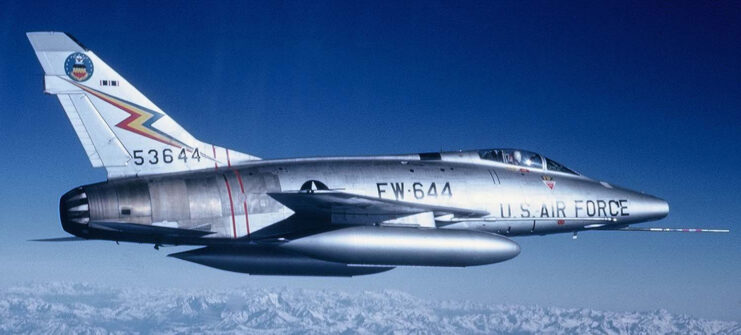
Subsequently promoted to colonel, Carr went on to serve in Vietnam, where he flew with the 31st Tactical Fighter Wing stationed at Tuy Hoa Air Base. Specializing in close air support missions, he accumulated a remarkable total of 286 combat missions flying the North American F-100 Super Sabre during his deployment.
More from us: The American Air Ace Shot Down By Friendly Fire During the Battle of the Bulge
In 1973, Carr retired from the Air Force. For his service in three wars, he received an impressive number of medals, including the Distinguished Service Cross, the Legion of Merit, the Silver Star, 31 Air Medals and four Distinguished Flying Crosses.
In 1998, the skilled aviator passed away from prostate cancer and was buried in Arlington National Cemetery.
